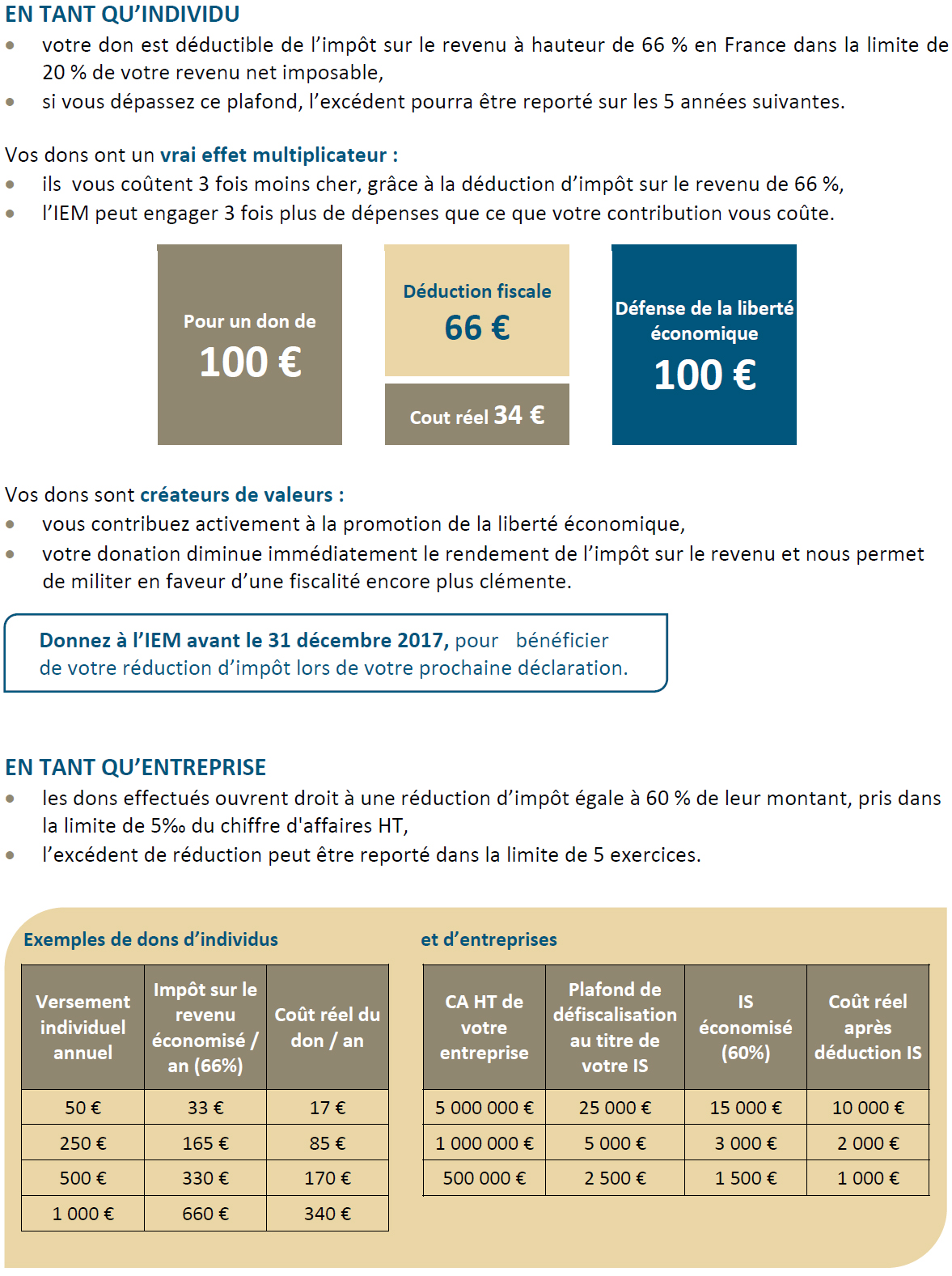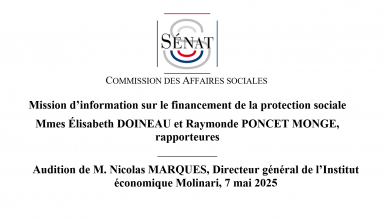Obama is reviving the welfare state, not the economy!
French versions of this article were published in Le Figaro on 22 January 2009 and on the CFO-news.com website on 23 January 2009.
A few days ago, Barack Obama signed the « stimulus package. » Altogether, $787 billion will be spent over two years in an attempt to revive consumption and, ultimately, growth. But hidden behind the plan intended to achieve this is a series of social programmes whose economic viability is far from obvious.
This plan can be broken down into two parts. One part involves a series of social spending measures and investments, which forms the crux of the planned measures: extending unemployment insurance, broadening eligibility for it, and raising spending on education.
The part devoted to investments is relatively modest in comparison to the overall amount: one-sixth of the total. These funds will provide for major infrastructure work, to speed up energy saving, to modernise the transport system, to build roads and bridges, and to computerise medical records.
Together, this more closely resembles a set of social measures than a recovery plan as envisaged, for example, in France. This is made clearer by the fact that the « tax cuts » (about one-third of the plan), which form its second part, are not real tax cuts.
First, they involve a tax credit―cheques of $500 per person or $1,000 per couple―to be sent even to those who pay no income tax. Because of this, part of it will amount in reality to new public spending rather than a true tax cut. And to finance it, fiscal resources will have to be collected or borrowed elsewhere, making them unavailable to companies on the market.
Moreover, this type of tax cut could end up redistributing purchasing power. But this will not be a way of getting the U.S. economy out of the doldrums. Many Americans will doubtless spend this money buying foreign products, producing almost no effect for the United States and only an ephemeral effect abroad.
But more importantly, unlike cutting tax rates―for example the capital gains tax, corporate tax or personal income tax―Obama’s « cuts » do not fundamentally change incentives to invest, engage in entrepreneurship or produce more. Without this sort of change, economic recovery will not occur as it did following Kennedy’s cuts in tax rates in the 1960s or Reagan’s in the 1980s.
Beyond the planned spending on infrastructure investments―the effectiveness of which is open to criticism―this means creating new social programmes for which economic viability cannot even be claimed. Does it not seem nonsensical to think of reviving the economy―and creating permanent jobs―by spending in this non-viable way?
Finally, we are witnessing a great strengthening of the welfare state. This is a reality that contrasts with some aspects of Obama’s speeches. He praised thus in his inaugural speech « the risk-takers, the doers, the makers of things. » He also urged public officials « to spend wisely. »
The U.S. government will be going into debt, throwing billions at promoting consumption by its citizens, who themselves are already very heavily in debt. The public deficit will explode, rising from 3% of GDP in 2008 to 8% in 2009. This debt and the public spending to follow will result inevitably in the market and the production system being further distorted.
The worldwide race to indebtedness, with the United States in the lead, could dry up the resources available to business. The risk of a new bubble in government debt could well take shape, with disastrous effects on attempts to get out of the current crisis. These are risks that Obama was careful not to mention in his speeches.
Valentin Petkantchin is Director of Research of the Institut économique Molinari, Guillaume Vuillemey is a Researcher at the Institut économique Molinari.





